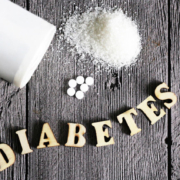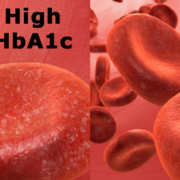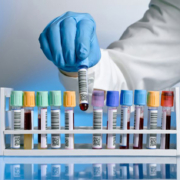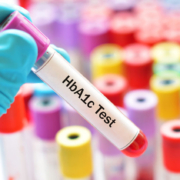What Is Secondary Prevention?
Secondary prevention encompasses a wide range of health-related conditions. It includes people with risk factors such as high cholesterol and blood pressure, cigarette smoking, elevated HbA1c, atrial fibrillation, and more. It also includes people who may have had a heart attack, stroke, cancer, or were treated and now are trying to prevent a recurrence of another incident. This all falls under the umbrella of secondary prevention.
The problem, as I see it, is that we don’t take the risk factors seriously enough to prevent the occurrence of serious health events. For example, let’s say a person gets a reading of 5.9% in an HbA1c reading. That’s considered pre-diabetic and is definitely on the path to type 2 diabetes. The solution is pretty straightforward: reduce refined carbohydrate intake and total caloric intake if the person has weight to lose. Then start an exercise program and stick to it.
Did you know that within three days of beginning a walking or exercise bike program, your body will begin to utilize insulin better? That’s how quickly your body reduces insulin resistance and starts the path back to a lower HbA1c and thus reducing the risk of type 2 diabetes.
Aging with a vengeance is all about prevention—primary prevention to prevent serious diseases and conditions from occurring in the first place and secondary prevention to deal with them if they do occur. Aging is a risk factor in and of itself but not because of a calendar; it’s the changes that naturally occur as we age. What we do to resist or delay those changes is at least partly in our hands. That’s why I said aging with a vengeance begins in your 30s and maybe even younger.
It all begins with six simple words: Eat less. Eat better. Move more. I’ll continue to comb the research to find strategies to deal with other issues. Next week, I’ll review a research study that reveals the secret to getting results.
What are you prepared to do today?









